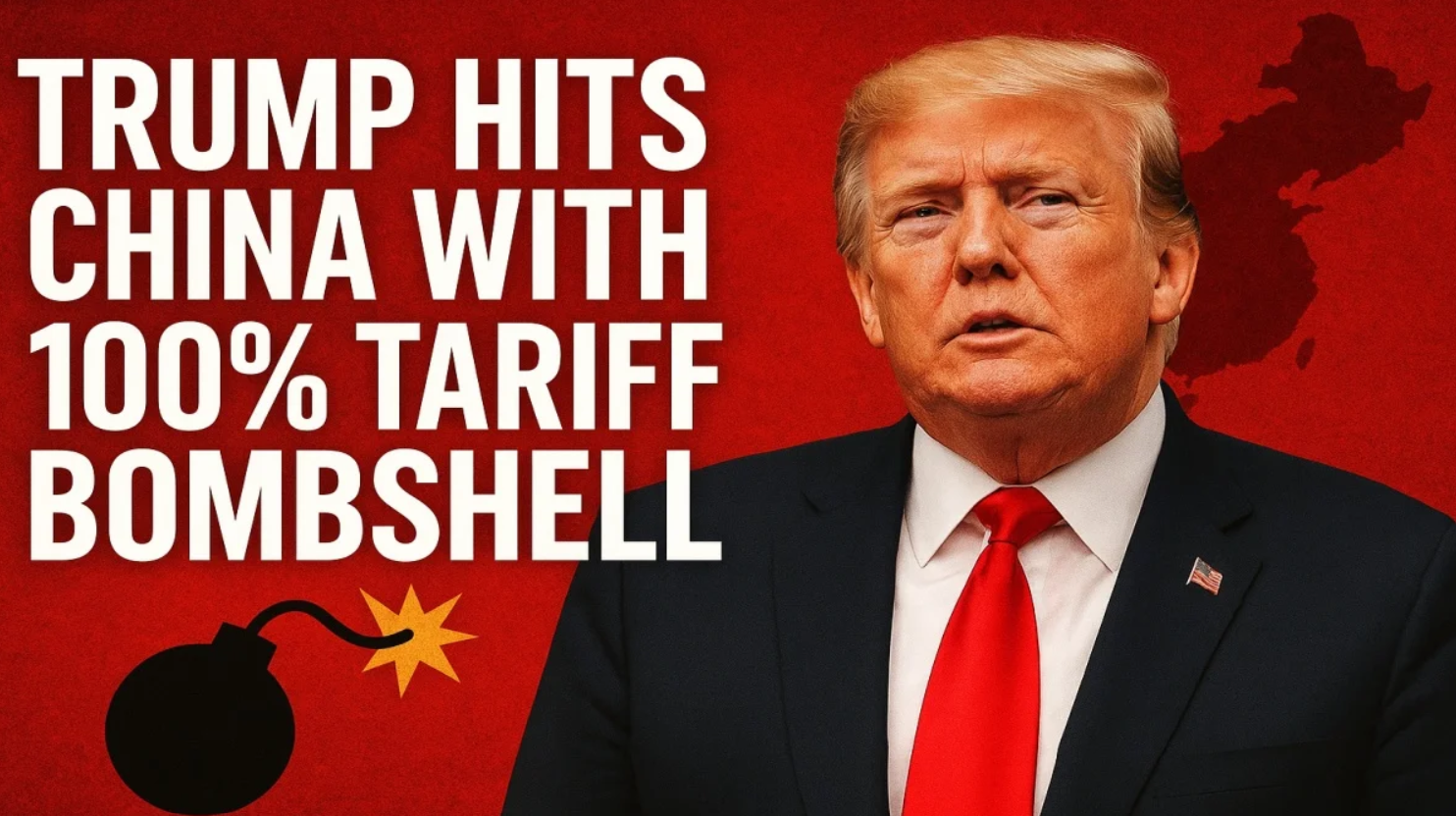When it comes to building long-term wealth through mutual funds, investors are often faced with a choice between different equity fund categories. Among these, multi-cap funds are fast gaining popularity, not just because of their structure but also for the kind of consistent returns they have delivered in recent years. These funds have outperformed flexi-cap funds over the last five years, clocking an average return of more than 25 percent compared to the 21 percent returned by flexi-cap schemes. For investors with a long-term outlook, the case for multi-cap funds is becoming increasingly difficult to ignore.

What sets multi-cap funds apart is their defined investment mandate. They are required to invest a minimum of 25 percent each in large-cap, mid-cap, and small-cap stocks. This ensures that investors get exposure to a balanced mix of market capitalisations, offering a combination of stability, growth, and high-return potential. While large-caps provide some insulation during volatile times, mid and small-caps have delivered significant alpha in recent years, boosting the overall performance of multi-cap funds.
This rigid structure might appear limiting at first glance, but it actually helps managers avoid style drift and stick to a disciplined allocation strategy. Unlike flexi-cap funds, which can lean heavily toward one market cap segment based on market sentiment or short-term opportunities, multi-cap funds remain consistently diversified. This forces the fund to seek out quality opportunities across segments, which can be especially rewarding during phases when mid and small-caps outperform, as seen in the recent market cycle.
Another reason why multi-cap funds are gaining ground is their ability to weather different market phases. Their balanced exposure allows them to benefit from sectoral rotations and cyclical rebounds. While one segment of the market may underperform temporarily, another may pick up, offering a natural hedge and smoothing out returns over time. This also makes multi-cap funds a good choice for investors who may not have the time or expertise to actively rebalance their portfolios.

However, the key to extracting value from multi-cap funds lies in choosing the right schemes. Not all multi-cap funds are created equal. Investors must evaluate how the fund is managed, whether the fund manager follows a research-driven process, and how they handle intra-segment allocations. A good fund will not just divide money evenly but will actively monitor earnings upgrades, valuation differentials, and factor strengths like momentum or quality while making allocation decisions within each market cap segment.
It is also essential to look at the fund manager’s past performance across different market conditions, not just during bull phases. A well-managed fund should be able to contain losses during downturns while also capturing upside during rallies. This level of adaptability is what makes multi-cap funds valuable for long-term investing. Their structure allows them to pivot in response to changing macroeconomic conditions or sectoral trends without entirely changing the fund’s core character.
Despite the advantages, investors should be aware that multi-cap funds, due to their mid and small-cap exposure, can experience short-term volatility. Therefore, these funds are best suited for those who can stay invested for at least five years. Attempting to time entry and exit often defeats the purpose of investing in such a strategy. Staying invested across a full market cycle allows the fund’s core strengths to come through, especially in terms of compounding returns.
In essence, multi-cap funds are not just about diversifying across company sizes. They are about intelligent allocation, risk management, and long-term adaptability. When used correctly, they can serve as a solid foundation in an investor’s portfolio, offering a way to participate in India’s growth story across market segments without having to constantly juggle between different types of funds.
For regular updates on mutual funds, expert insights, and financial news that actually makes sense, follow You Finance on Instagram and Facebook. We decode money so you can grow yours.















